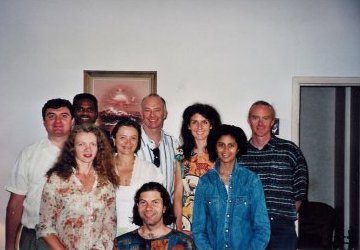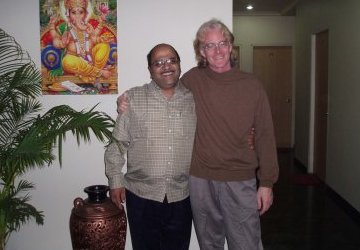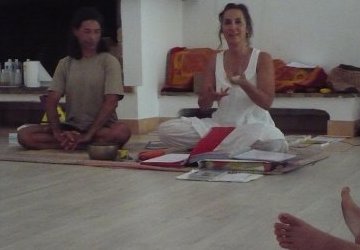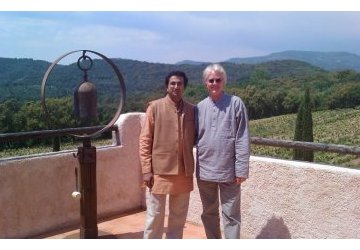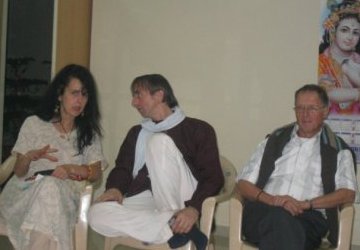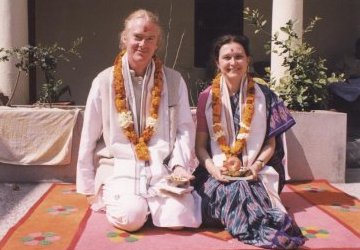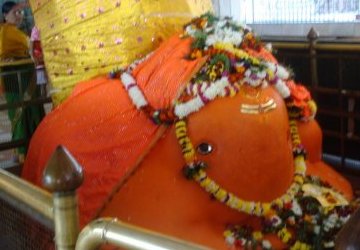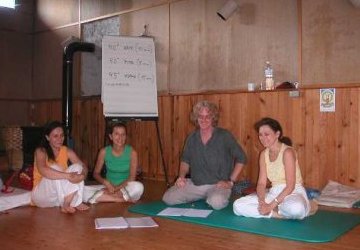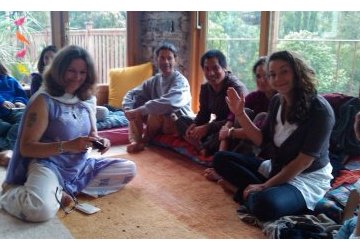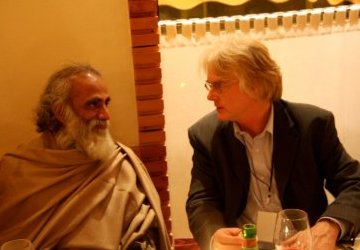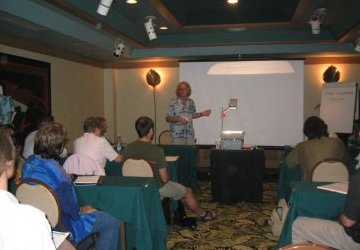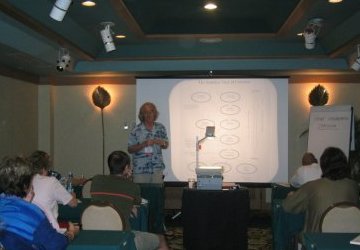Ayurvedic Psychology
The Caraka Samhita establishes that the causes of psychological disorders are due to the wrong use of the mind.
“Thinking is an object for the mind (it can be observed). Thus the wrong use of the mind creates abnormal mental conditions. The right use of the mind creates mental stability.” CS, Sutrasthana, Ch 8, 16
Caraka explains the cause of psychological problems in Chapter Eight of the Sutrasthana section. He states above in sutra number sixteen that: “Thinking is an object.”
This is very powerful. This means that we are not our thoughts because they can be observed. In Ayurveda that which moves through the Manovahasrota (channels of the mind) can be observed. This includes thoughts, feelings and emotions. This means that Caraka is telling us two things:
– 1. Whatever is observed is not the one observing it, e.g., not it
– 2. Thus, we are not our thoughts, feelings or emotions – they belong to us.
Essentially this means our identity as a human being is not what occurs in our minds. In other words our psychology is not who we are as human beings, rather it belongs to us and is a part of who we are.
Sutra sixteen goes on to say: “The wrong use of the mind creates abnormal mental conditions”. This means psychological disorders are a product of using our minds – basically Manas – incorrectly. So this means that if we have used it incorrectly then we should be able to use it correctly and change the problems. This is exactly the meaning of the last part of the sutra: “The right use of the mind creates mental stability”. So Caraka, in these few words, has explained how the human mind functions, becomes disturbed and how to correct psychological disorders.
Let us review the four parts of human psychology according to Indian thought. They are:
– Ahamkara
– Manas
– Buddhi
– Chitta
By examining the four aspects of the mind we can see that the root of all perceptions for humans come from Manas, the emotional and conditioned part of the mind. It is through the five senses that we take in the impressions that are received and in turn condition the mind or Manas. According to Ayurveda, the mind is a very sensitive organ that can be easily disturbed or traumatized by the impressions it receives. Things like car accidents, wars, murder, rape, and any form of mental / physical violence, damage the sensitivity of the emotional / conditioned mind.
Additionally, the mind, after receiving the information from the senses, interprets the information. This is the nature of the Manas – to interpret or translate – the information received. This natural function of Manas, to receive and interpret information, also provides the means to be conditioned by repetitive actions or behavior. In Sanskrit this process to develop habits or conditioning is called Samskara.
This conditioned mind then acts as a relay station between the outside world and the deeper levels of the mind – the intellect or Buddhi, the sense of ‘I’ or ego or Ahamkara, and the unconscious and subconscious minds or Chitta. All of these are influenced directly from the interpretations and conditioning of Manas. This is the primary role of Manas – to relay impressions and information to the other levels of the mind. This understanding of the four-dimensional mind does not exist clearly in Western psychology. Using this model we can penetrate to a deeper level of psychological understanding.
However, the weakness of Manas is that it interprets everything external according to its own conditioning. There is no other option open to Manas, the conditioned mind. This means that if I am a scientist I will tend to interpret the world – even personal relationships – from the conditioning of a logical, rational intellect. If I am an artist I will tend to interpret the universe as an expression of art and (hopefully) beauty. An athlete will tend to look at life from a competitive view and so on. In and of itself there is nothing wrong in this. Unfortunately the mind, once conditioned, cannot tell when it is appropriate to interpret one thing and not another.
A simple example is that which most modern people have experienced at least once or twice in their life – the confusion of the workplace with the home. On a professional level we are generally forced to behave in a certain manner, which is appropriate for our profession, be it window washing or management. However, humans often end up continuing to behave in the same manner at home with their spouse and children. This has been the cause of more than a few divorces. It is hard for the conditioned mind to change roles, and even harder to become aware of its own conditioning.
“Manas (mind) can observe thoughts, feelings, moods, meditation, determination, etc. so all these are objects. The mind transmits these objects to Buddhi (intellect) who then decides on the appropriate action.”
CS, Sarirasthana, Ch 1, 20-23
The role of Manas is not to evaluate or make a decision on the information that is received. Manas reacts to data received from the five senses. If something cannot be processed by Manas it relays this information to Buddhi, the intellect. In human psychology it is the intellect, or Buddhi, that analyses and reflects on problems or issues that we confront in daily life. Buddhi is also capable of analysing the function of Manas. Buddhi has a higher and lower aspect to it. The lower side is a kind of dry, impersonal logic and uses the reasoning capacity of the intellect, but is almost inhuman in logic. By the use of the lower side a scientist can kill people for a long term goal to “help humanity”. With this lower aspect of reason and logic any kind of atrocity can be justified. However there is a higher side of Buddhi that is humanitarian and compassionate. These qualities do not lessen Buddhi’s ability to observe and reason out problems – on the contrary this aspect of Buddhi is balanced and capable of greater feats of reason and intellectual analysis.
It is only through developing the higher side of Buddhi that Manas (conditioning) can be observed. If the higher aspect of Buddhi is not developed then self-observation becomes difficult or impossible. Stronger demands on the conditioned mind make it harder for the Buddhi to function on its higher, discriminative level. One example of this could be a managerial position that has tremendous responsibilities. These responsibilities force the individual to increase the strength of Manas out of survival. Slowly the individual will lose self-observation unless a conscious effort is made to develop it directly. This is why many CEO types are very difficult to be around on a personal level. It must be emphasized that the Samkhya term of Buddhi, which we loosely translate as ‘intellect’, is the rational, logical intellect in its lower sense, and the feeling, discriminating fire of perception in its higher aspect.
The question then arises, “How to develop Buddhi?”. The primary method to develop Buddhi is through living correctly - or by following Dinacharya that is correct for your Prakriti. Living and thinking correctly is the best method to develop discrimination.
Copyright © 2017 EIVS GmbH
Psychology of Transformation in Yoga –
– Ayurvedic Medicine for Westerners series of textbooks
Application of Ayurvedic Treatments Throughout Life (Volume 5)
Dravyaguna for Westerners (Volume 4)
Clinical Protocols and Treatments in Ayurveda (Volume 3)
Pathology & Diagnosis in Ayurveda (Volume 2)
Anatomy and Physiology in Ayurveda (Volume 1)





